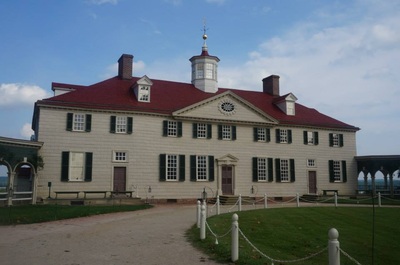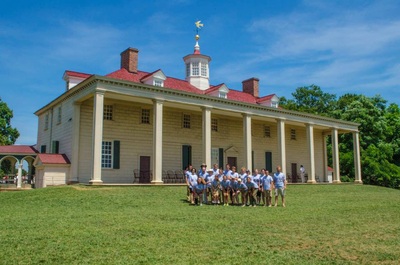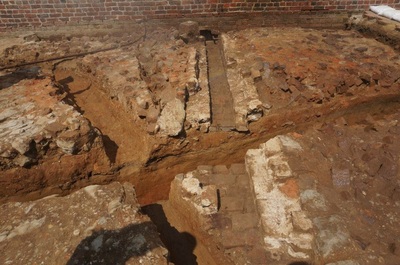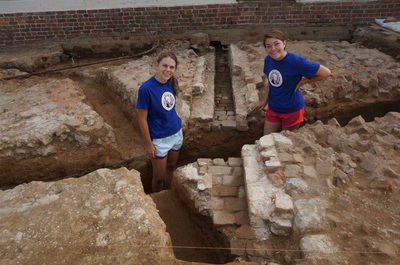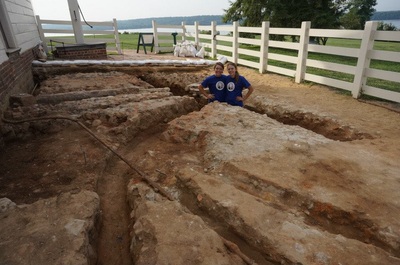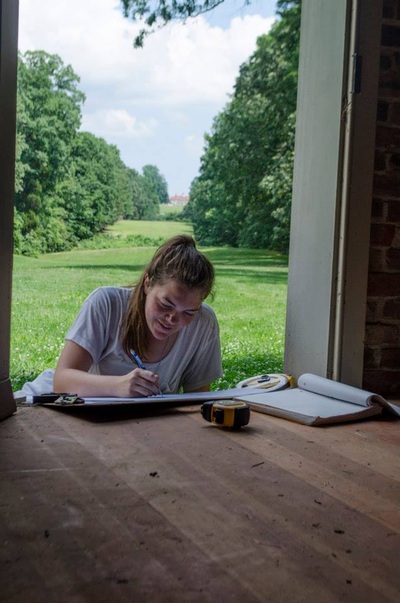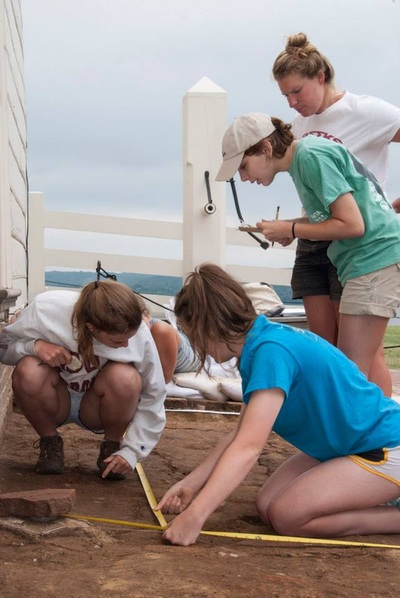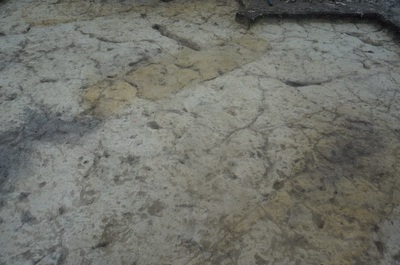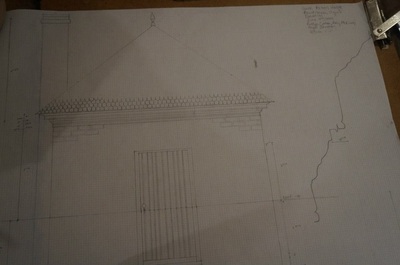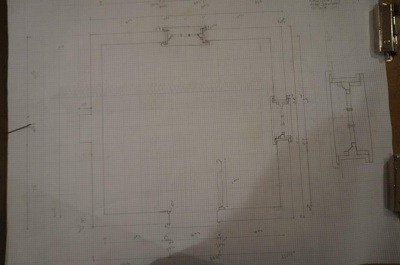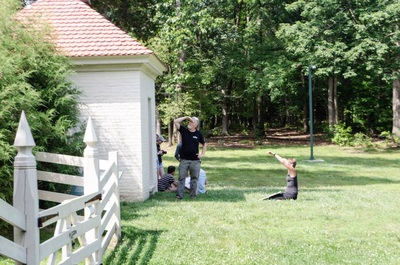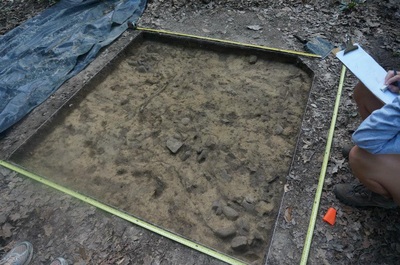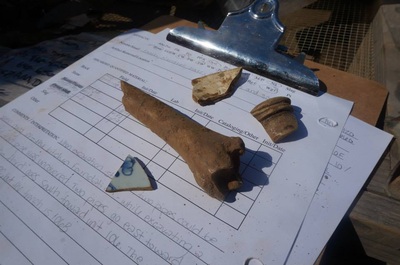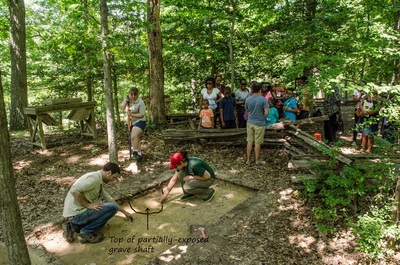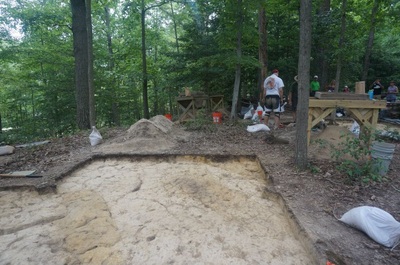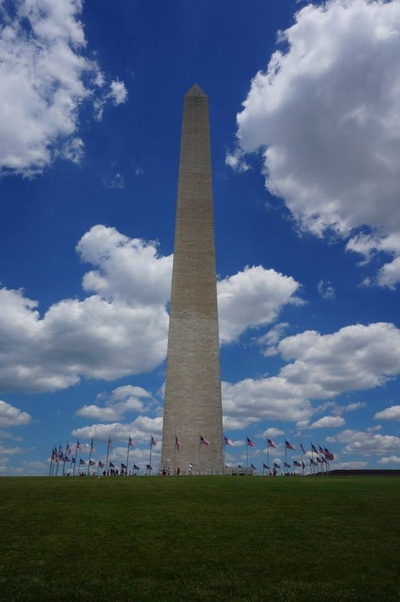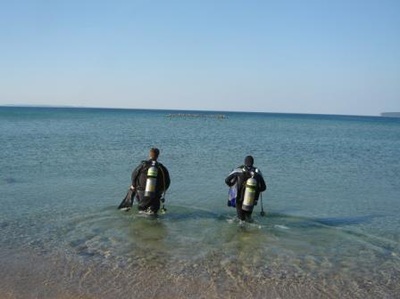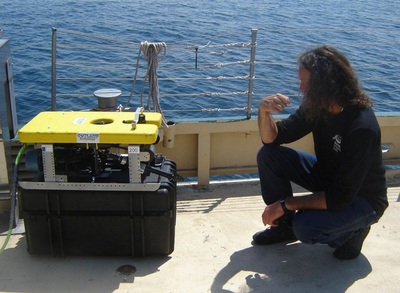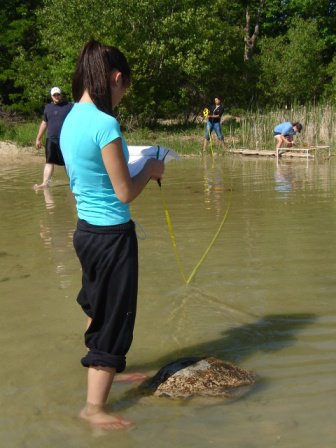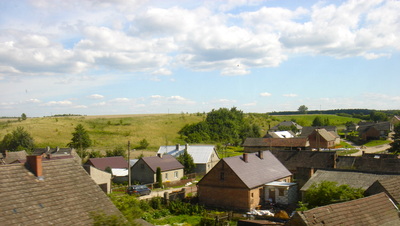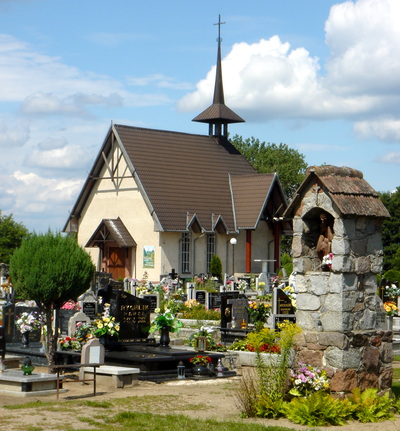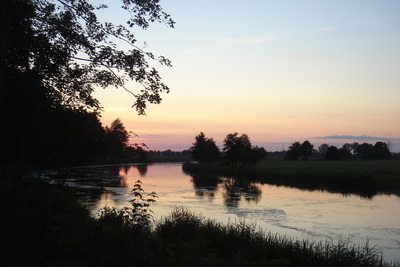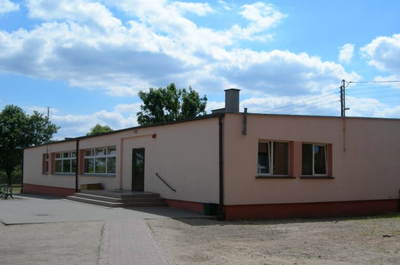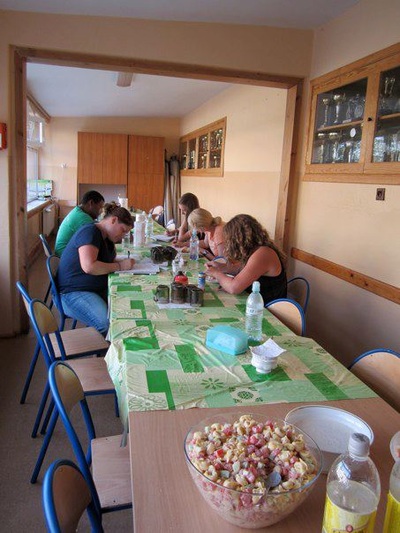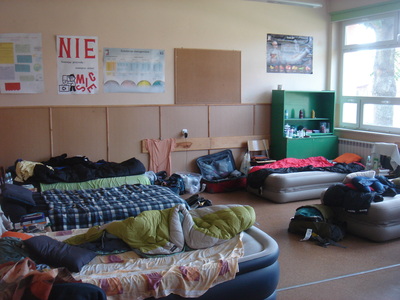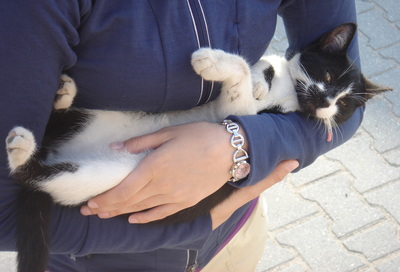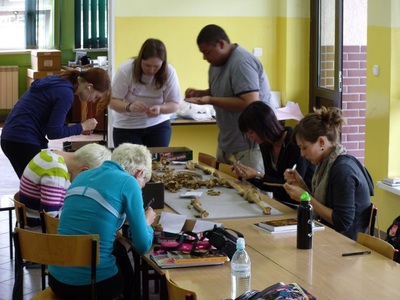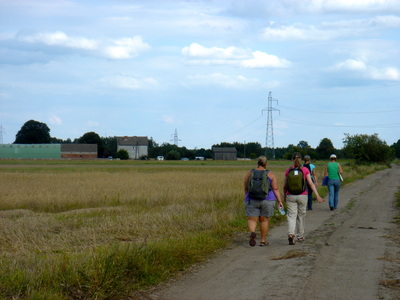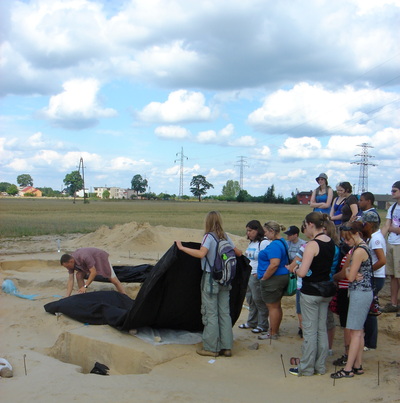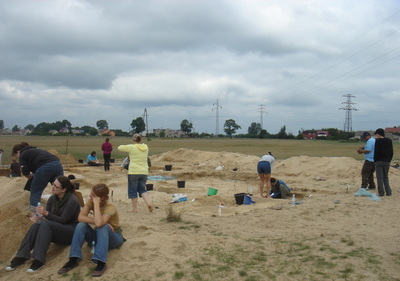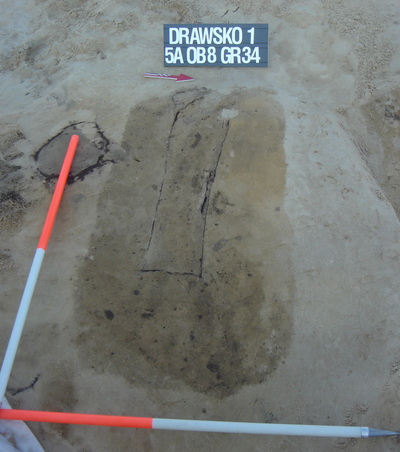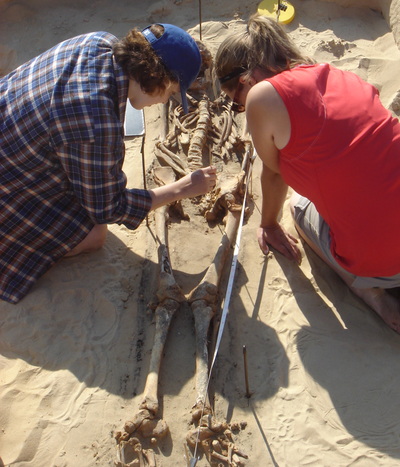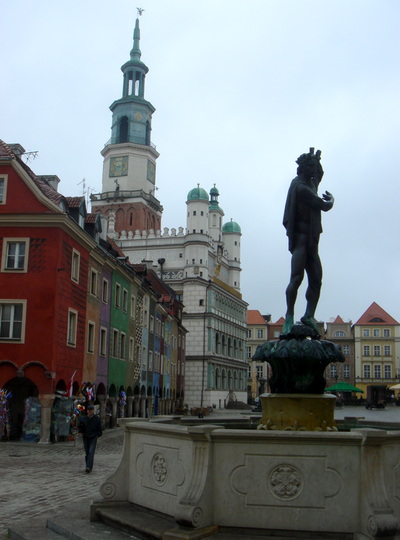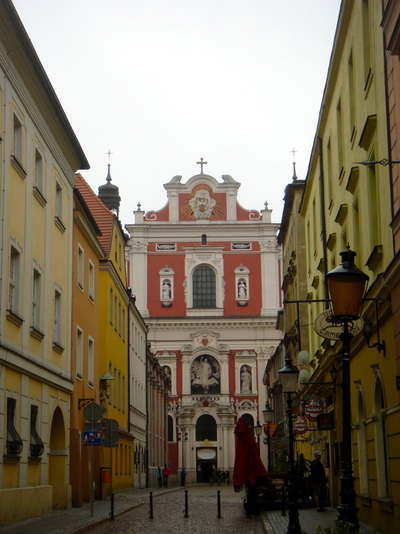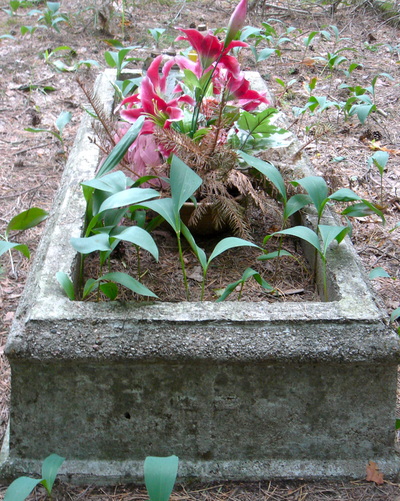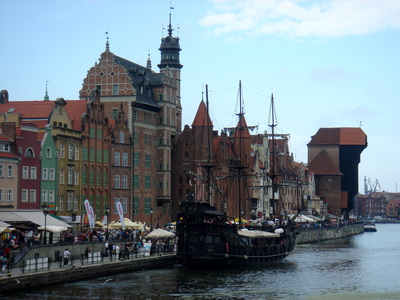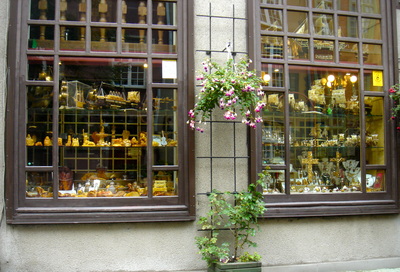*This review was written by Katlyn, an art history student at Louisiana State University. Thanks, Katlyn!
FIELD SCHOOL & WEBSITE: Mount Vernon Field School in Historic Preservation
LOCATION: Mount Vernon, Virginia
AFFILIATIONS: University of Maryland, College Park
HISTORY: The 2015 field season will be the 3rd year of the Mount Vernon Field School
CURRENT PROJECT: When I attended in the summer of 2014, we excavated the kitchen
yard Monday and Wednesday, participated in historic preservation projects on
Tuesday and Thursday, and on Fridays we conducted the African American Burial Ground Survey. I
am not sure what the projects will be for this summer.
STAFF: Staff includes UMD Professor Donald Linebaugh and Mount Vernon Historic Preservation Staff
LENGTH & DATES: May 26th - July 2nd, 2015
STUDENTS PER SESSION: Around 10 last summer, but not a set number
COST: ~ $1,900 for undergraduate students, ~$3,700 for graduate students
CREDIT AVAILABLE: 6 credits are offered through the University of Maryland, College Park
APPLICATION PROCESS: Submit a resume, two references, and a cover letter
DEADLINE: March 31st, 2015
Tell us about your field school experience.
The Mount Vernon Field School was an awesome experience. I think what is unique about this field school is that it occurs at a very popular public house museum, which provides a great opportunity to learn about doing public archaeology. The first day we were allowed to just be visitors-- we were encouraged to explore the on-site museum and take tours of the house, gardens and landscape. This allowed us to really become familiar with the history of the site, but also with the way the history is interpreted at Mount Vernon. During the field school, students were assigned days to act as interpreters, where we would explain the goals and methods of the excavations to the visitors, explain the significance of any artifacts or features found, and answer any questions.
The program was designed to appeal to a wide, but related range of interests -- museum studies, public history and interpretation, historical archaeology, historic preservation, etc. Three days of the week we would participate in excavations--on Mondays and Wednesdays we would excavate the kitchen yard and on Fridays we worked on the African American Burial Ground Survey. In the African American Burial Ground Survey, we did not disinter any remains. I posted a picture with a bone--that is an animal bone that we found behind the kitchen! We were only trying to determine the boundaries of the burial ground, determine if possible how many people had been buried there, and hopefully learn about the burial practices of African Americans at Mount Vernon.
On Tuesdays and Thursdays, we would focus on historic preservation. On these days, we might receive lectures on the history of preservation or the history of architectural structures and features. We would also practice architectural drafting and documenting historic structures. My favorite thing was being able to go through the mansion to see the things we learned about--to see how we could use saw marks or types of nails to date different features of the building.
We also received a comprehensive archaeological field manual with instructions and procedures for excavations, completing provenience cards, drawing plan views, etc. We received a similar manual for architectural drafting. We were given a collection of readings that covered various topics related to historic preservation and historical archaeology, which we would discuss during lunch breaks usually once a week. Also integrated into the field school were field trips to other historic and archaeological sites and field schools. We were required to keep a daily field journal, where we would reflect on the things we accomplished each day and tried to contextualize them within the overall goals of the excavations.
We had the weekends off to explore the Washington DC area. The field school was my first opportunity to visit DC, and I was able to take advantage of all the museums and sights!
What skills did you learn?
We learned archaeological field methodology, public interpretation, and mapping procedures. We were also introduced to the fundamentals of Geographic Information Systems and archaeological surveying with the Total Station. In the lab, we learned how to process and catalog artifacts. We were also able to practice documentary photography of sites, artifacts, and structures.
In the field of preservation, we learned how to draw architectural elements, plans, and elevations. We learned how to date structures based on brick bonding, saw marks, or nail production. We were taught conventions in measuring architectural structures.
How were the accommodations?
Mount Vernon did not offer housing on the property. Housing and transportation were the responsibility of the student, but the staff at Mount Vernon was able to connect students with renters in the area.
What are the pros and cons of the field school? Would you recommend it?
I would absolutely recommend this field school! For me personally (an art history student with no field experience), it provided a thorough introduction to the methods and principles of archaeology. It is perfect for anyone who is interested in historical archaeology. More specifically, it is perfect for anyone who is interested in understanding how archaeology relates to the larger field of public history. It was always interesting to see how the archaeology department regularly interacted with collections management, museum personnel, or the architecture department.
Pros: The field school did not require previous field work and was designed to teach you everything you would need to know. You will leave being very comfortable with archaeological surveys and with a wide skill set that you can build upon. I thought the range of projects that we were allowed to engage kept things interesting. No two days were ever the same. The staff at Mount Vernon are so nice (and so funny!) They enjoy talking with the students, and that helped to make the work never feel like work.
Cons: It can get extremely hot and muggy on the Potomac! It was never unbearable, but its something to keep in mind. Also, if you are particularly interested in lab methodology, be sure to express that! The summer I was there, we planned to have lab days whenever it was raining, but we ended up having a particularly beautiful, dry summer--and so while we were introduced to lab techniques, we were not able to practice them very often. I know that the summer before, there was a lot of rain, and it seemed like they were in the lab quite often. If you feel that you are missing some part of an experience you were hoping to gain, just talk to someone and they will surely work with you. Which brings me to my final comment....
Anything else you think readers should know about this field school?
The most special thing about the people at Mount Vernon is how willing they are to connect the field school students to their expressed interests. When they knew that certain students were interested in museum studies, they invited people from the collections management department to have lunch with us to talk about their careers and answer the students' questions. The Mount Vernon staff is very committed to helping the students network in their particular fields. Moreover, the staff is a great resource and was always willing to give advice about applying to graduate school, finding internships, or getting jobs.
The field school gave me a solid introduction to preservation, but it was especially beneficial in the way it integrated historical archaeology with the study of historic architecture. The field school is great for anyone interested in historical archaeology, as that was probably 75% of what the field school focused on, but it would also be beneficial for anyone interested in Historic Preservation, Architectural History, or Museum Studies.
FIELD SCHOOL & WEBSITE: Mount Vernon Field School in Historic Preservation
LOCATION: Mount Vernon, Virginia
AFFILIATIONS: University of Maryland, College Park
HISTORY: The 2015 field season will be the 3rd year of the Mount Vernon Field School
CURRENT PROJECT: When I attended in the summer of 2014, we excavated the kitchen
yard Monday and Wednesday, participated in historic preservation projects on
Tuesday and Thursday, and on Fridays we conducted the African American Burial Ground Survey. I
am not sure what the projects will be for this summer.
STAFF: Staff includes UMD Professor Donald Linebaugh and Mount Vernon Historic Preservation Staff
LENGTH & DATES: May 26th - July 2nd, 2015
STUDENTS PER SESSION: Around 10 last summer, but not a set number
COST: ~ $1,900 for undergraduate students, ~$3,700 for graduate students
CREDIT AVAILABLE: 6 credits are offered through the University of Maryland, College Park
APPLICATION PROCESS: Submit a resume, two references, and a cover letter
DEADLINE: March 31st, 2015
Tell us about your field school experience.
The Mount Vernon Field School was an awesome experience. I think what is unique about this field school is that it occurs at a very popular public house museum, which provides a great opportunity to learn about doing public archaeology. The first day we were allowed to just be visitors-- we were encouraged to explore the on-site museum and take tours of the house, gardens and landscape. This allowed us to really become familiar with the history of the site, but also with the way the history is interpreted at Mount Vernon. During the field school, students were assigned days to act as interpreters, where we would explain the goals and methods of the excavations to the visitors, explain the significance of any artifacts or features found, and answer any questions.
The program was designed to appeal to a wide, but related range of interests -- museum studies, public history and interpretation, historical archaeology, historic preservation, etc. Three days of the week we would participate in excavations--on Mondays and Wednesdays we would excavate the kitchen yard and on Fridays we worked on the African American Burial Ground Survey. In the African American Burial Ground Survey, we did not disinter any remains. I posted a picture with a bone--that is an animal bone that we found behind the kitchen! We were only trying to determine the boundaries of the burial ground, determine if possible how many people had been buried there, and hopefully learn about the burial practices of African Americans at Mount Vernon.
On Tuesdays and Thursdays, we would focus on historic preservation. On these days, we might receive lectures on the history of preservation or the history of architectural structures and features. We would also practice architectural drafting and documenting historic structures. My favorite thing was being able to go through the mansion to see the things we learned about--to see how we could use saw marks or types of nails to date different features of the building.
We also received a comprehensive archaeological field manual with instructions and procedures for excavations, completing provenience cards, drawing plan views, etc. We received a similar manual for architectural drafting. We were given a collection of readings that covered various topics related to historic preservation and historical archaeology, which we would discuss during lunch breaks usually once a week. Also integrated into the field school were field trips to other historic and archaeological sites and field schools. We were required to keep a daily field journal, where we would reflect on the things we accomplished each day and tried to contextualize them within the overall goals of the excavations.
We had the weekends off to explore the Washington DC area. The field school was my first opportunity to visit DC, and I was able to take advantage of all the museums and sights!
What skills did you learn?
We learned archaeological field methodology, public interpretation, and mapping procedures. We were also introduced to the fundamentals of Geographic Information Systems and archaeological surveying with the Total Station. In the lab, we learned how to process and catalog artifacts. We were also able to practice documentary photography of sites, artifacts, and structures.
In the field of preservation, we learned how to draw architectural elements, plans, and elevations. We learned how to date structures based on brick bonding, saw marks, or nail production. We were taught conventions in measuring architectural structures.
How were the accommodations?
Mount Vernon did not offer housing on the property. Housing and transportation were the responsibility of the student, but the staff at Mount Vernon was able to connect students with renters in the area.
What are the pros and cons of the field school? Would you recommend it?
I would absolutely recommend this field school! For me personally (an art history student with no field experience), it provided a thorough introduction to the methods and principles of archaeology. It is perfect for anyone who is interested in historical archaeology. More specifically, it is perfect for anyone who is interested in understanding how archaeology relates to the larger field of public history. It was always interesting to see how the archaeology department regularly interacted with collections management, museum personnel, or the architecture department.
Pros: The field school did not require previous field work and was designed to teach you everything you would need to know. You will leave being very comfortable with archaeological surveys and with a wide skill set that you can build upon. I thought the range of projects that we were allowed to engage kept things interesting. No two days were ever the same. The staff at Mount Vernon are so nice (and so funny!) They enjoy talking with the students, and that helped to make the work never feel like work.
Cons: It can get extremely hot and muggy on the Potomac! It was never unbearable, but its something to keep in mind. Also, if you are particularly interested in lab methodology, be sure to express that! The summer I was there, we planned to have lab days whenever it was raining, but we ended up having a particularly beautiful, dry summer--and so while we were introduced to lab techniques, we were not able to practice them very often. I know that the summer before, there was a lot of rain, and it seemed like they were in the lab quite often. If you feel that you are missing some part of an experience you were hoping to gain, just talk to someone and they will surely work with you. Which brings me to my final comment....
Anything else you think readers should know about this field school?
The most special thing about the people at Mount Vernon is how willing they are to connect the field school students to their expressed interests. When they knew that certain students were interested in museum studies, they invited people from the collections management department to have lunch with us to talk about their careers and answer the students' questions. The Mount Vernon staff is very committed to helping the students network in their particular fields. Moreover, the staff is a great resource and was always willing to give advice about applying to graduate school, finding internships, or getting jobs.
The field school gave me a solid introduction to preservation, but it was especially beneficial in the way it integrated historical archaeology with the study of historic architecture. The field school is great for anyone interested in historical archaeology, as that was probably 75% of what the field school focused on, but it would also be beneficial for anyone interested in Historic Preservation, Architectural History, or Museum Studies.
